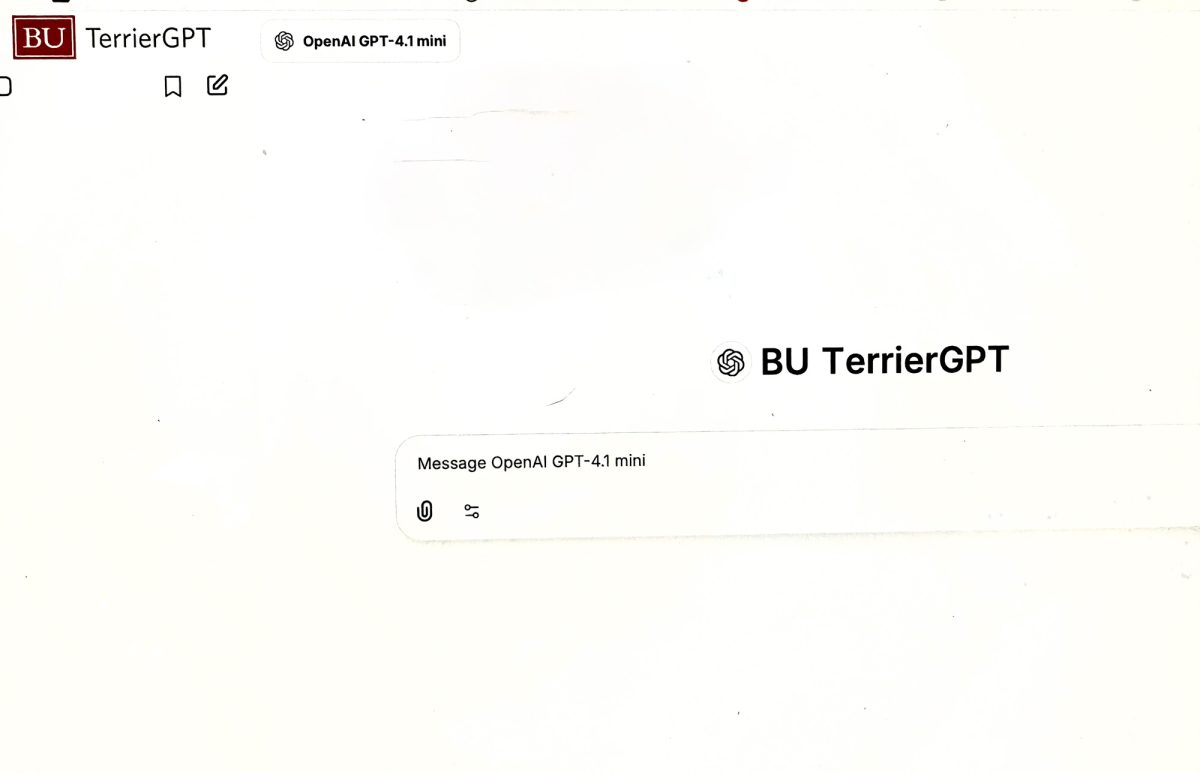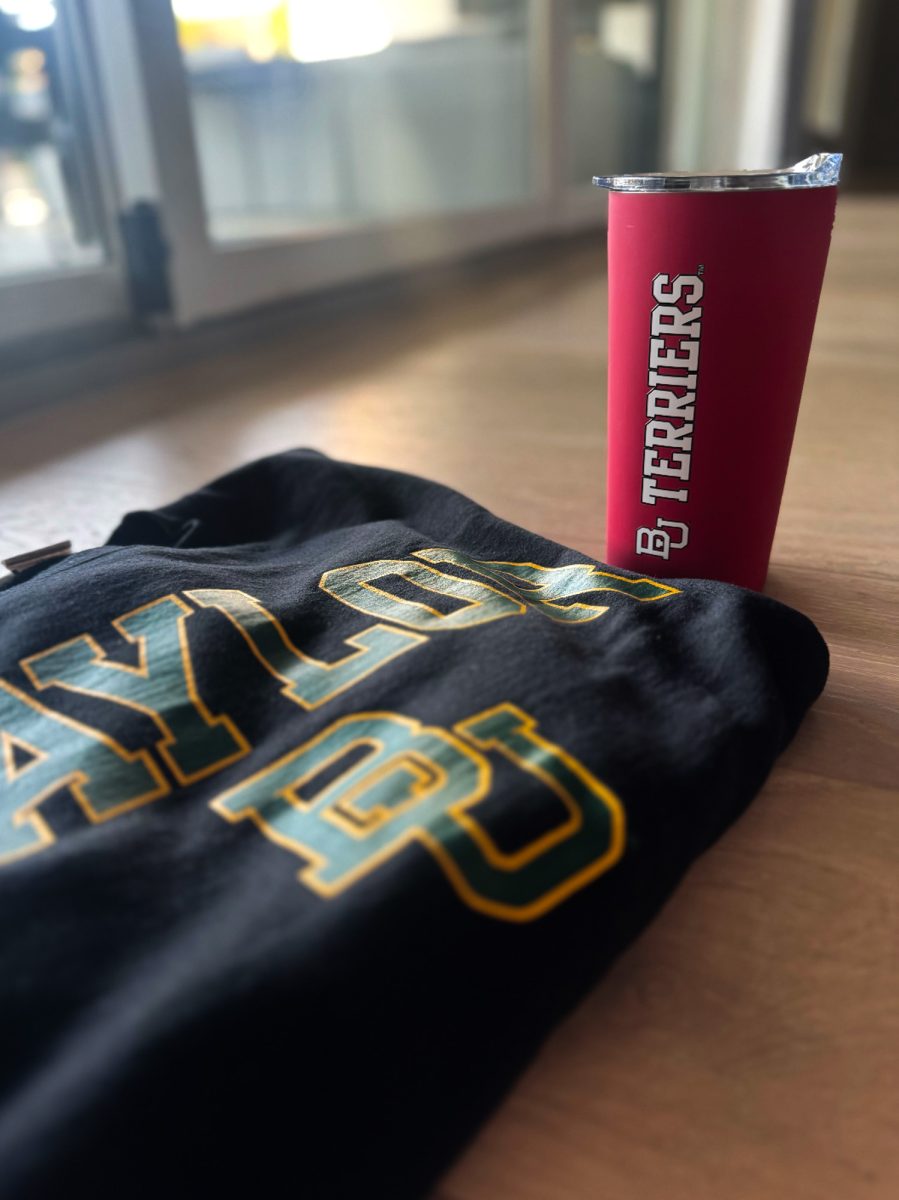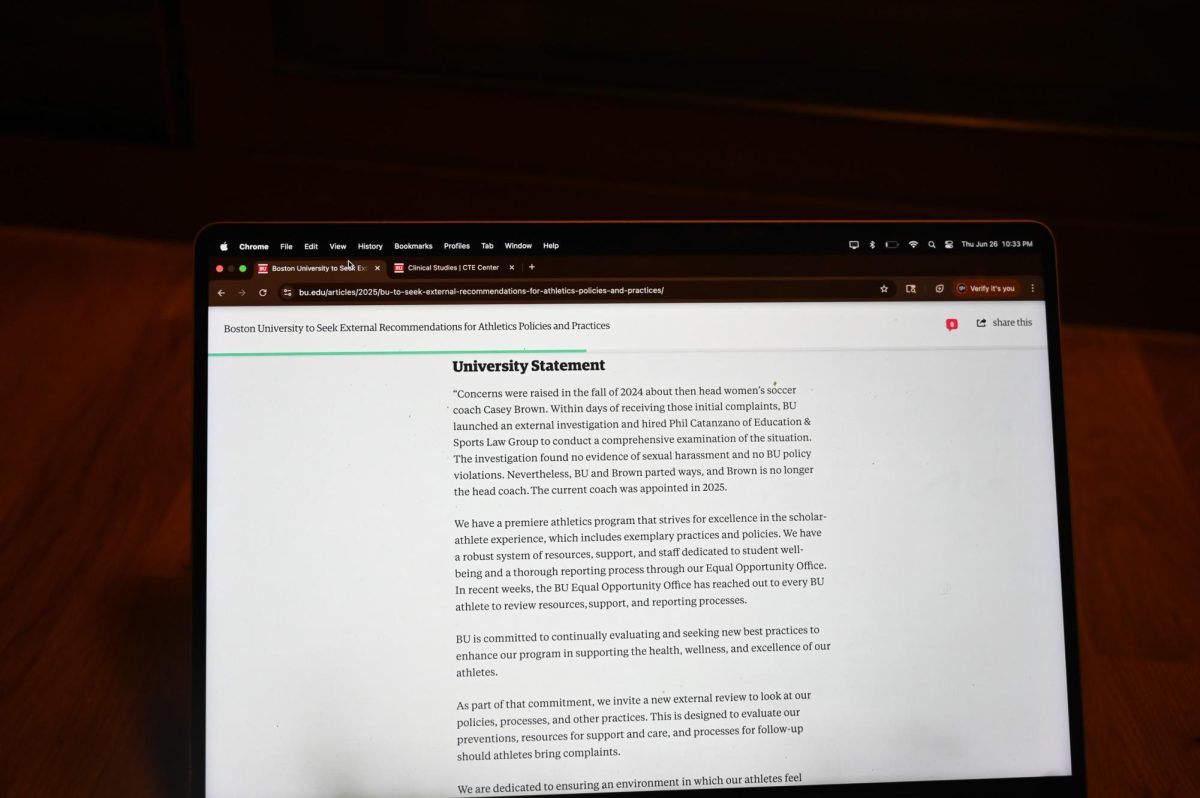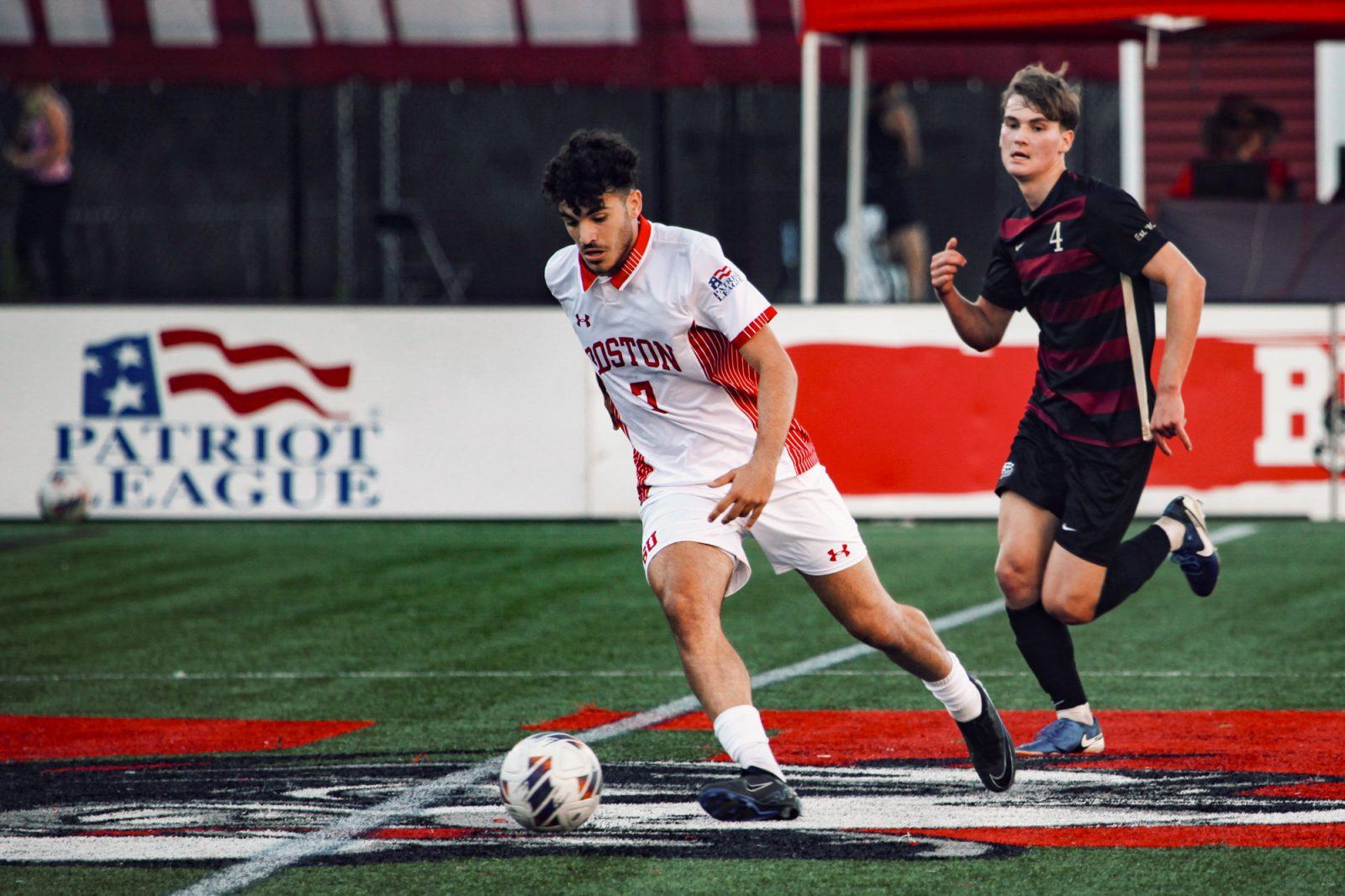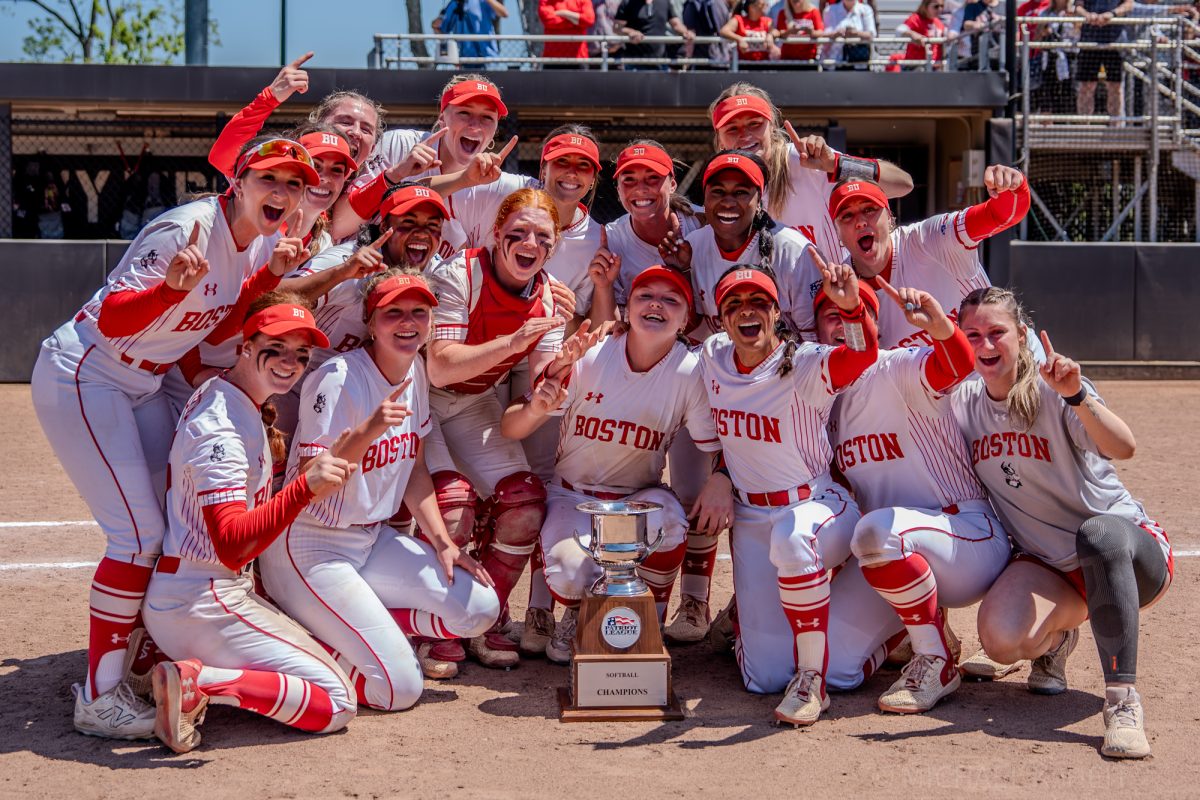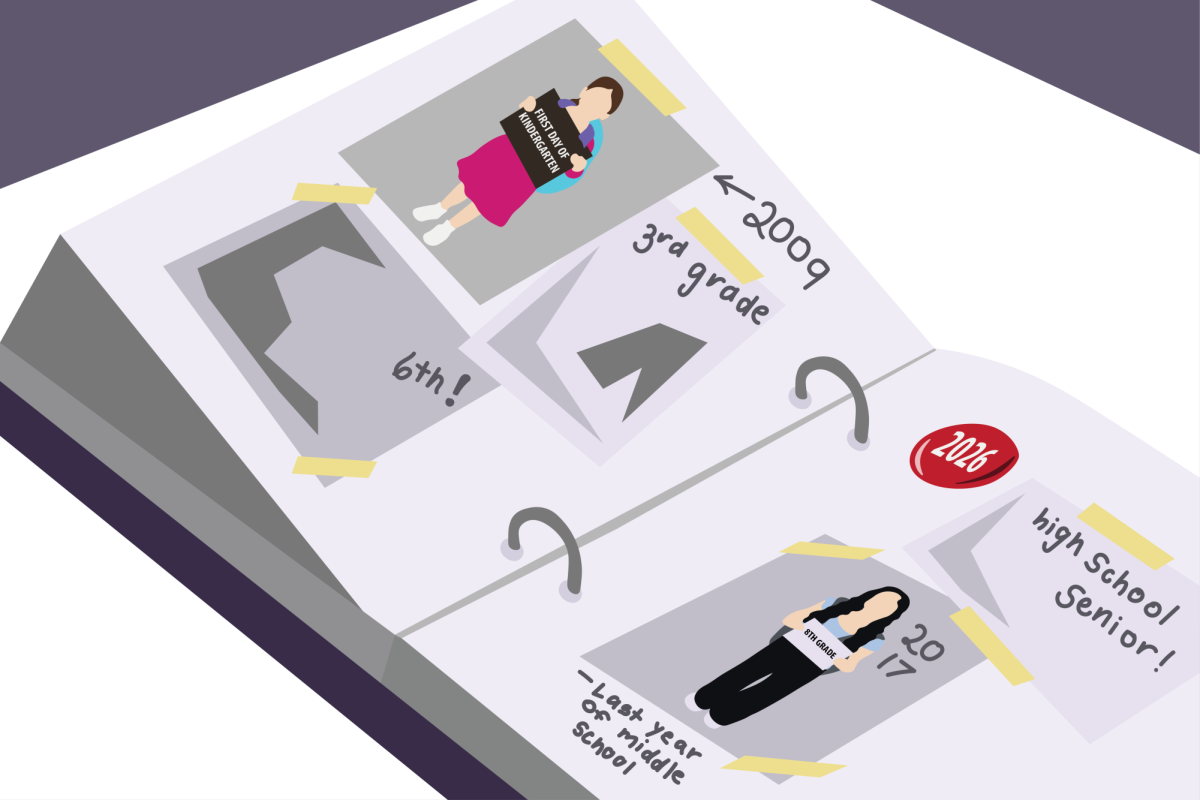Although the National Collegiate Athletic Association has conducted steroid testing on Division I and II athletes year round for more than a decade, the college sports organization will conduct a pilot study this year to test athletes from Division III schools — including the Massachusetts Institute of Technology – beyond their sports’ seasons.
In recent years, the NCAA has made eradicating performance-enhancing drug use one of its top priorities, and according to its website, it will begin conducting more extensive testing throughout its three divisions “to enhance student-athlete well-being and competitive equity, to assess the impact of education and testing on drug use and to enhance drug-use deterrence strategies.”
MIT assistant director of athletics John Benedick said the NCAA will disqualify any student-athlete who tests positive for performance-enhancing drugs.
“I think any kind of use of performance-enhancing drugs for competition is simply not fair and not appropriate,” Benedick said. “Performance-enhancing drugs really have no place in college athletics.”
James Kramer, director of sports information and communication at MIT, said the pressure to use performance-enhancing drugs is much stronger at schools that compete at the Division I level — such as Boston University and Boston College — which offer athletic scholarships and receive high-profile coverage.
“You’re expected to perform not only to keep your spot on the line-up but also your scholarship and spot on the team,” Kramer said. “Here [at MIT], they’re rocket scientists – they don’t really care about muscle mass.
“If there are any schools where it would be rampant, you would think it’s more likely where you play at a high level of competition there would be an increase in the pressure to use [performance-enhancing drugs],” he continued, adding MIT has never had a student test positive for the drugs.
NCAA drug-testing programs focus mostly on recreational drugs like marijuana and do not pay as much attention to anabolic steroids and other performance-enhancing drugs, he said.
“Colleges don’t really take a proactive stance in trying to test for substances that enhance competitive advantages,” Kramer said. “It’s up to the individual institutions to investigate, and I don’t know how many are.”
According to the NCAA 2006 Substance Use Report, anabolic steroid use has decreased slightly since 2001. In 2005, 1.2 percent of student-athletes tested positive for steroids, the lowest rate since 1997.
BU Senior Associate Director of Athletics Nancy Lyons said to her knowledge, no BU athlete has tested positive for steroids since Division I testing began in 1990, though she said that could not be confirmed because the information is confidential. In addition to annual screenings conducted by the NCAA, BU tests independently with consequences unique to each one, Lyons said.
Lyons said abuse of performance-enhancing substances often develops before a student even arrives at college, adding the student’s background plays a large role in their decision to use the drugs.
“It’s probably the culture of the sport,” she said in an email. “Some sports are more notorious for substance use and abuse. . . .It also depends on the high school environment. I think there are some fads for use of performance-enhancing substances before they come to college.”
Boston-based Specialty Distribution Services Inc., a subdivision of one of the largest drug-distribution firms in North America, was recently fined $10.5 million as part of ongoing federal investigations for distributing human-growth hormones to professional athletes and entertainers, the Associated Press reported.
With such intense media scrutiny of professional athletes who abuse performance-enhancing substances, Lyons said that alone may steer student athletes away from the drugs.
“I think there’s probably pressure for them not to use it for those reasons – the deterrent factor is the risk of being caught,” she said. “It’s unfortunate, and that’s why we have drug testing.”

